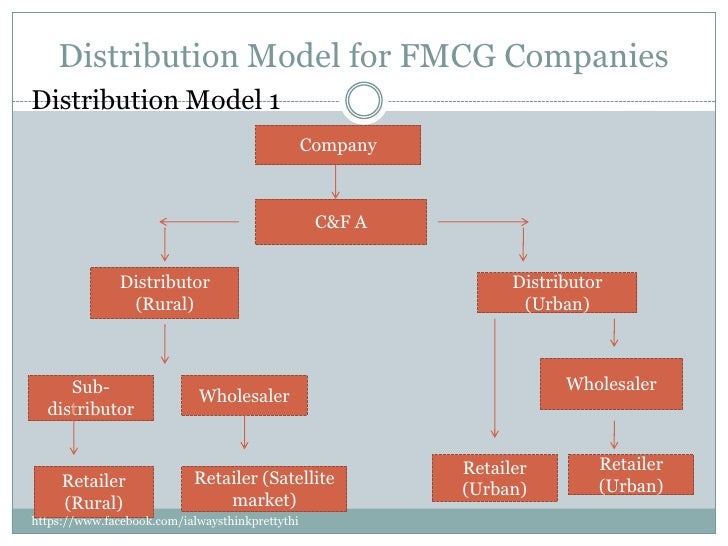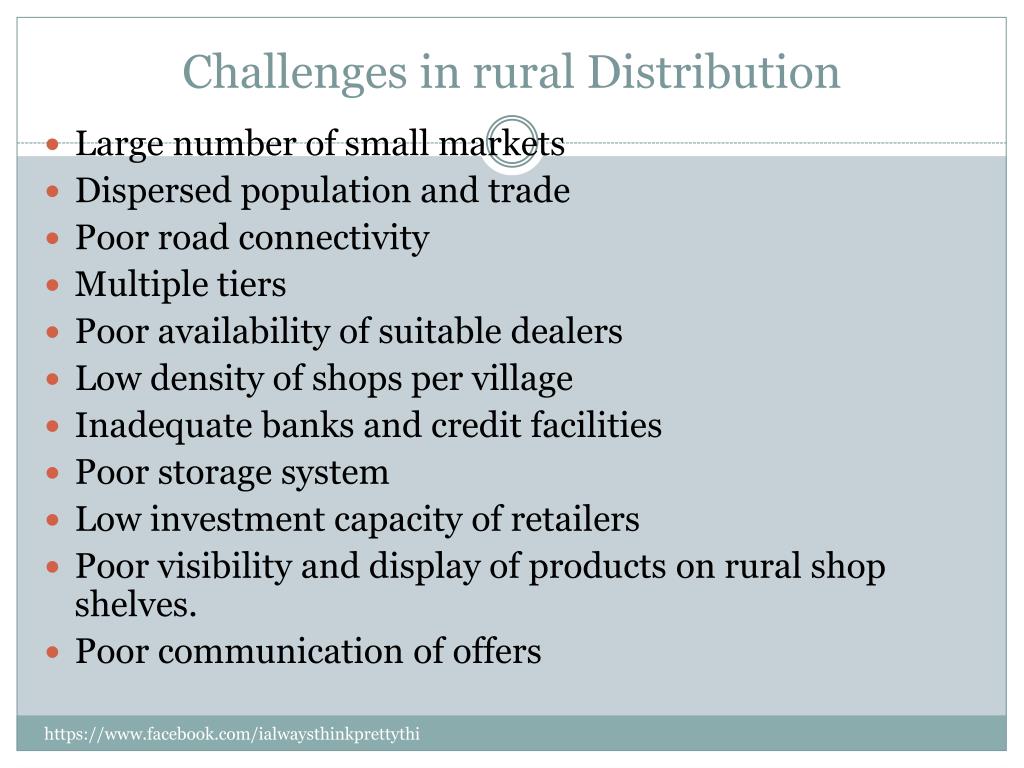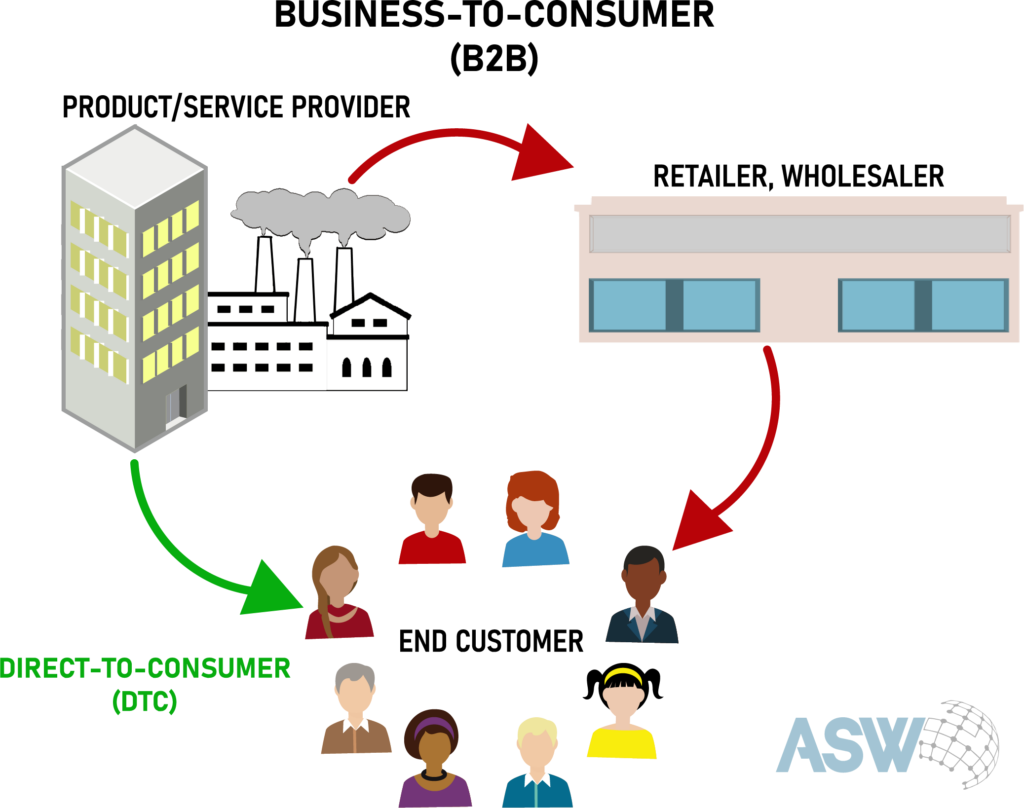Rural Distribution Models Presentation
| Introduction to Rural Distribution Models | ||
|---|---|---|
| Rural distribution models are strategies used to ensure efficient and effective delivery of goods and services in rural areas. These models aim to overcome the challenges posed by the geographical and infrastructural limitations of rural regions. Successful rural distribution models enhance accessibility, affordability, and availability of products and services in rural communities. | ||
| 1 | ||
| Characteristics of Rural Distribution Models | ||
|---|---|---|
| Customized approaches: Rural distribution models are tailored to the specific needs and characteristics of each rural area. Last-mile connectivity: These models focus on bridging the gap between the main distribution networks and the final destination in rural areas. Integration with local resources: Successful models leverage existing local infrastructure, such as community centers or local transportation networks, to optimize distribution. | ||
| 2 | ||
| Direct-to-Consumer Models | ||
|---|---|---|
| Direct-to-consumer models involve bypassing intermediaries and delivering products directly from manufacturers or producers to end consumers in rural areas. These models often utilize e-commerce platforms, mobile applications, or call centers to facilitate direct ordering and delivery. By eliminating middlemen, direct-to-consumer models can reduce costs and improve access to a wider range of products in rural areas. | ||
| 3 | ||
| Hub-and-Spoke Models | ||
|---|---|---|
| Hub-and-spoke models involve establishing central distribution hubs in strategic locations within rural regions. These hubs act as consolidation points for receiving and sorting products, which are then distributed to smaller satellite locations (spokes) for further dissemination. Hub-and-spoke models optimize transportation routes and reduce overall distribution costs by consolidating shipments and minimizing travel distances. | ||
| 4 | ||
| Mobile Retail Models | ||
|---|---|---|
| Mobile retail models involve using mobile vehicles, such as trucks or vans, as retail outlets that bring products directly to rural areas. These models are particularly effective in areas with limited access to brick-and-mortar stores or where consumer demand is dispersed. Mobile retail models offer flexibility, as they can relocate based on demand, and provide a personalized shopping experience in remote locations. | ||
| 5 | ||
| Community-Based Distribution Models | ||
|---|---|---|
| Community-based distribution models rely on local networks, community organizations, or self-help groups to facilitate distribution within rural areas. These models empower local communities by involving them in the distribution process, creating employment opportunities, and fostering economic development. Community-based distribution models ensure that the distribution system is closely aligned with the needs and preferences of the rural population. | ||
| 6 | ||
| Case Study - Grameen Bank's Village Phone Program | ||
|---|---|---|
| The Grameen Bank's Village Phone Program is an example of a rural distribution model that focuses on providing telecommunications services to rural communities. The program utilizes microfinance to enable rural entrepreneurs to purchase mobile phones and offer phone services to their communities. This model has not only improved communication and connectivity in rural areas but has also created income-generating opportunities for individuals in these communities. |  | |
| 7 | ||
| Conclusion | ||
|---|---|---|
| Rural distribution models play a vital role in ensuring equitable access to goods and services in rural areas. Customization, last-mile connectivity, and integration with local resources are key factors in designing successful rural distribution models. By adopting innovative approaches, such as direct-to-consumer models, hub-and-spoke models, mobile retail models, and community-based distribution models, we can bridge the rural-urban divide and contribute to rural development. | ||
| 8 | ||
| References (download PPTX file for details) | ||
|---|---|---|
| "Rural Distribution Models: Challenges and Op... Chakraborty, Sudipta, and Suman Biswas. "A Re... Yunus, Muhammad. "Banking for the Poor." Scie... |  | |
| 9 | ||






